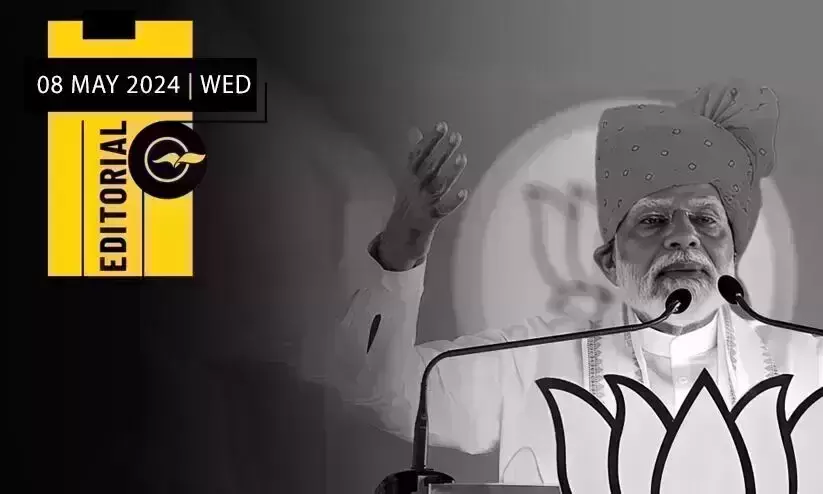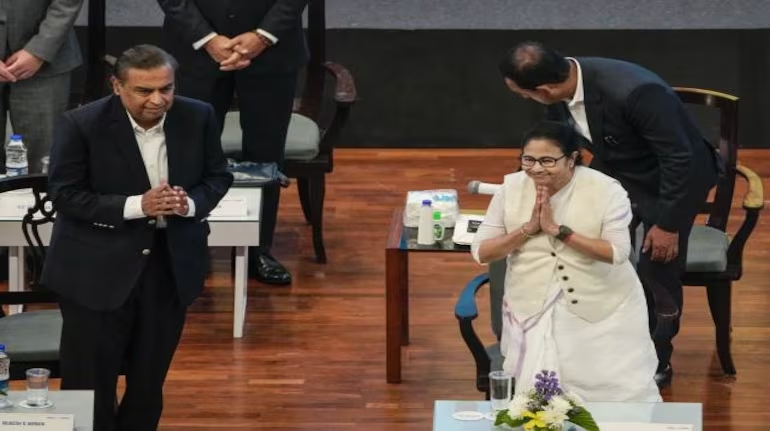
How many 'zeros' are in one crore? Bengalis ponder after biz summit!
text_fieldsKolkata: This satirical question is doing the rounds in the political and economic circles of West Bengal since the conclusion of the Bengal Global Business Summit 2023 last week.
The question has surfaced following a claim by Chief Minister Mamata Banerjee that since its inception in 2015, the seven editions of the annual event of the state government to showcase West Bengal as an ideal investment destination have attracted investment proposals amounting to Rs 15 lakh crore.
If converted into numbers the amount will be Rs 15,00,00,00,000,000, meaning 12 zeros will come after the figure of 15, a calculation that is difficult to do without the use of calculators unless the individual has a sharp mathematical mind.
Logically the Chief Minister’s numerical claims mean the investment proposal figures would have been higher had the state government not been forced to cancel the business summits in 2020 and 2021 because of the COVID-19 pandemic and the prolonged lockdowns.
There are contradictions between the claims made by the Chief Minister and the reality portrayed by the statistics provided by the Department for Promotion of Industry and Internal Trade (DPIIT), under the Union Ministry of Commerce.
The DPIIT has the details of the state-wise status of Industrial Entrepreneur Memorandum (IEM) intentions and implementations, not just on a year-on-year basis but also on a month-on-month basis.
As per the DPIIT figures, in the period between January 2015 and April 23 (the latest available on this count), West Bengal received IEM intentions (investment proposals) of Rs 59,494 crore. In terms of the numbers the figure is Rs 59,494,00,00,000.
When it comes to the investment proposals implemented, the figure as per the DPIIT during the same period is Rs 23,428 crore (Rs 23,428,00,00,000).
This means that the implementation figure during that period is hovering around 39 per cent of the investment proposals received by the state during the same period.
Now, while the people of West Bengal are lost in this labyrinth of zeros, a number perceived by Aryabhata, the famous Indian mathematician and astronomer of 5th century AD, as the most powerful number, another question is being asked by economic observers.
They are asking why the industrial titans of the country, who were all praises for the investment climate in West Bengal at the inaugural sessions of the numerous business summits, are reluctant to invest in the state.
According to experts the answer lies in certain flawed policies of the state government, especially with regards to those related to land for industry and the Special Economic Zones (SEZs).
With regards to land, the policy of the current state government is clear that there will be no state-intervention in purchase of plots for the industry and the industrialist concerned will have to directly negotiate with the land-owners for sale of plots.
Now, considering the fragmented nature of holdings in West Bengal, negotiating with micro-land owners is a daunting and near impossible proposition for any big-ticket investor, especially in the manufacturing sector, where a large plot of land is required.
In fact that “no state interference” in procuring land for any developmental project is a utopian theory was also accepted by Nobel Laureate economist from the US and a torch- bearer of a new Keynesian economics theory, Joseph Eugene Stiglitz.
While attending a programme of the Indian Statistical Institute in Kolkata soon after the Trinamool Congress regime came to power in West Bengal in 2011, Stiglitz told media persons during an interaction that even in the US, procuring land for setting up any new university or industry without state-intervention is near impossible.
If the land policy is a hurdle for big-ticket investments in the manufacturing sector, the state government’s policy on SEZs is also a roadblock for investments in the services sectors.
For instance, Infosys and Wipro both procured plots for their projects during the previous Left Front regime. However, they returned that land to the present regime as it refused to grant them SEZ status.
IANS with edits
























